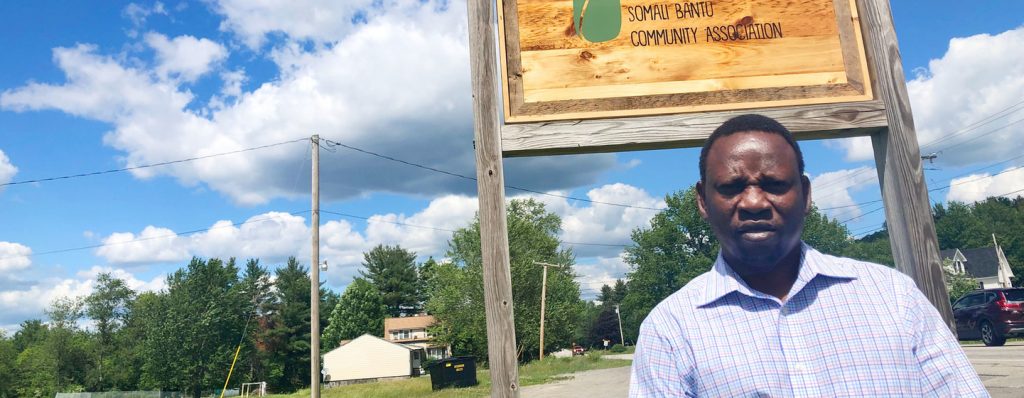

The resurgence of armed groups has led to the death of a large number of civilians and to massive displacement. Since the end of 2016, violence has flared almost everywhere in the provinces.

The UN Multidimensional Integrated Stabilization Mission in the Central African Republic (MINUSCA), comprising over 12,000 peacekeepers, has failed to compensate for the departure of the French Sangaris force in October 2016 and to exercise a real military deterrence on the armed groups. The relative respite was thus only short-lived. Unfortunately, President Touadéra’s electoral legitimacy did not translate into an effective leverage over the rebels. These political developments were followed by a few months of improved security, as armed groups adopted a wait-and-see attitude, gauging the intentions of the new authorities in Bangui. The presidential and legislative elections held at the end of 2015 and the beginning of 2016 were welcomed by Central Africans and generated high expectations. In order to reverse this trend, the government and its partners must put pressure on the rebels – particularly by tackling their sources of income and exercising stronger military deterrence – but also rebuild trust among the populations of peripheral regions. The incapacity of the peacekeepers to change the balance of power on the ground, the failure of the government to respond to the strong community tensions dividing the country and the competition between international mediation initiatives have further contributed to the current stalemate. So far, the government and the UN have focused their efforts on the process of disarmament, demobilisation, reinsertion and repatriation (DDRR) of the rebels, but little progress actually has been made. Middle East & North Africa View ProgramĪs the Central African Republic (CAR) experiences a strong upsurge in violence and armed groups take root in the provinces, the national authorities and their international partners have been unable to halt the escalation and find durable solutions to the crisis.Turkey’s PKK Conflict: A Visual Explainer.The Nagorno-Karabakh Conflict: A Visual Explainer.Conflict in Ukraine’s Donbas: A Visual Explainer.The Climate Factor in Nigeria’s Farmer-Herder Violence.How Climate Change Fuels Deadly Conflict.How Yemen’s War Economy Undermines Peace Efforts.Crime in Pieces: The Effects of Mexico’s “War on Drugs”, Explained.Rough Seas: Tracking Maritime Tensions with Iran.The Covid-19 Pandemic and Deadly Conflict.Appendix A: Map of Central African Republic.Building Sensible Cooperation with Neighbours: The Case of Pastoralism.Rebuilding a Better Relationship between Outlying Areas and Bangui.Tackling the finances of the armed groups.Dealing with the Issue of the Armed Groups.What Kind of Negotiations to Resolve the Crisis?.Lessons Learned from Previous Agreements and Mediation Efforts.Back to the AU – After a Detour through Rome and Brussels.Disagreements on the content and methods of mediation.The African initiative at the heart of discussions.Impasse in the Dialogue between the Government and the Armed Groups.The UN lacks the ability to respond to security challenges.The old demons return: a conflict in which ethnic and commercial interests and questions of indigenous identity all overlap.A battle for the control of territory and the impossibility of reunifying the ex-Seleka.Flare-ups in the Provinces: Numerous “Hot Spots” Develop.A Capital That Is Secure – But Not Really at Peace.The Elections Did Not Resolve the Problems.


 0 kommentar(er)
0 kommentar(er)
